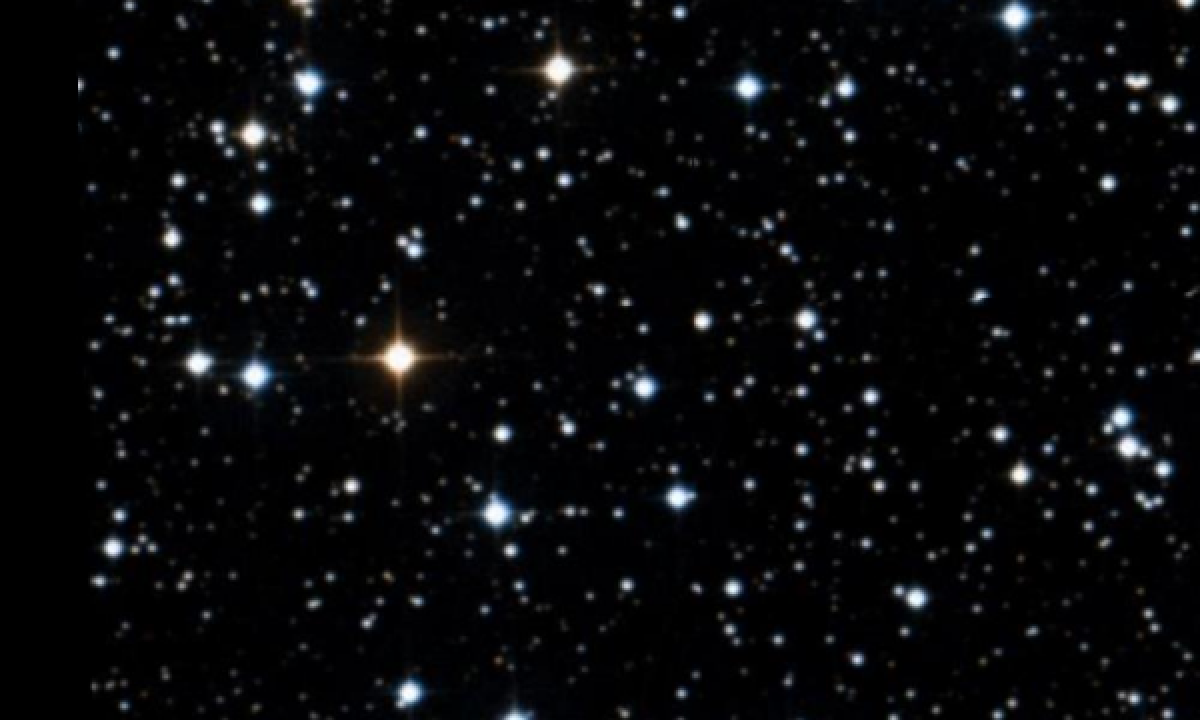The New General Catalogue of Nebulae and Clusters of Stars (abbreviated as NGC) is a catalogue of deep-sky objects compiled by John Louis Emil Dreyer in 1888. The NGC contains 7,840 objects, known as the NGC objects. It is one of the largest comprehensive catalogues, as it includes all types of deep space objects, including galaxies, star clusters, emission nebulae and absorption nebulae.
Know more about NGC
NGC 7209

NGC 7209 is an open cluster in the constellation Lacerta. It was discovered by William Herschel on 19 October 1787. The cluster lies 3,810 light years away from Earth. It has been suggested that there is another cluster at a distance of 2,100 light years projected in front of a cluster lying at 3,800 light years away, based on the reddening of the cluster, however, further photometric studies of the cluster did not support that claim. The cluster is made up out of 150 stars with magnitude from 9 to 15 within a tidal radius of 9 parsec (30 light years). From its members, 3 are probably delta Scuti variables. One other member of the cluster is the variable SS Lancertae, a binary star with 14.4 day period whose magnitude stopped varying in the middle of the 20th century. This has been attributed to the presence of a third star with period 679 days, whose perturbations change the line of sight. The nodal cycle is found to be about 600 years, within which occur two ecliptic phases, each lasting about 100 yr.
More Images:

Sources:
Wikipedia Page: NGC 7209
NGC 7209 at In-The-Sky website
